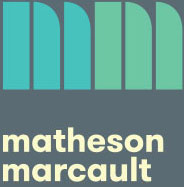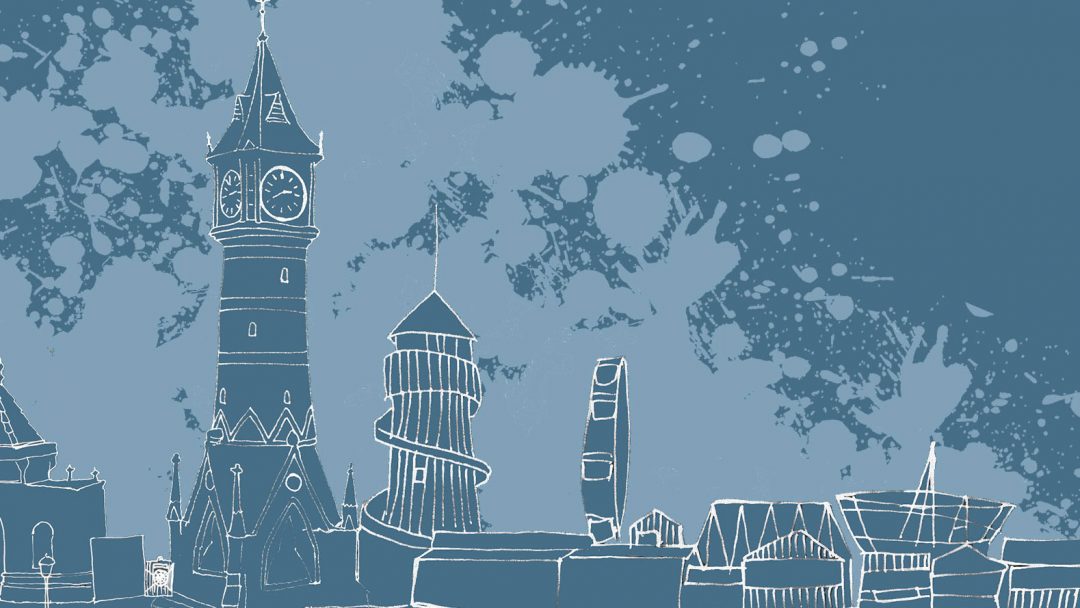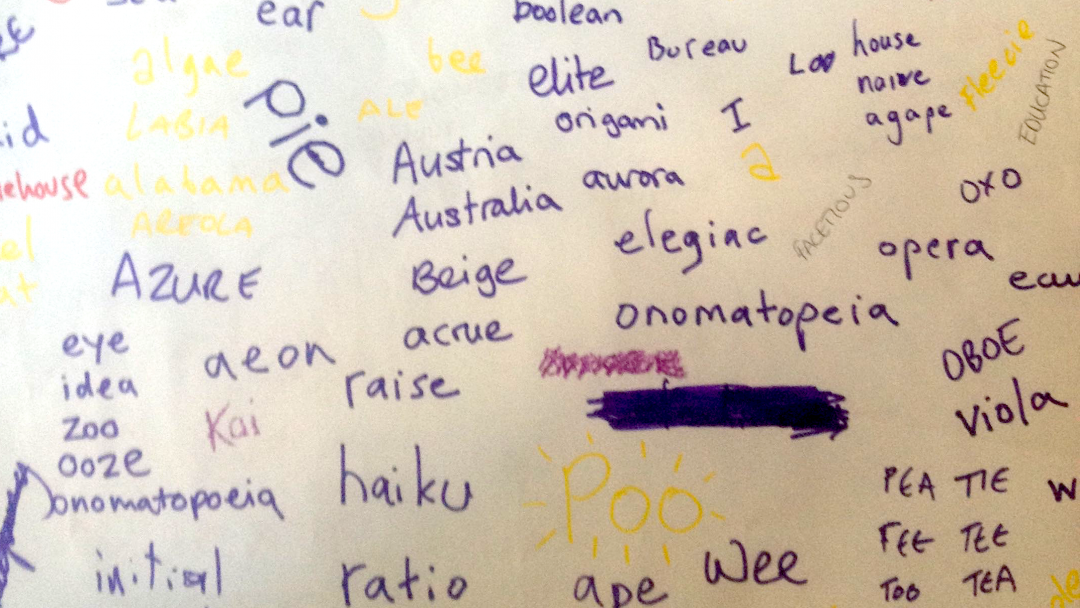I think a lot of games curators will have spent today thinking about this post by Nathalie Lawhead, in which Lawhead recounts a recent experience of showing her game Everything is going to be OK at an event. The experience as she tells it has positive elements but was overall pretty stressful, with a lot of moments where players performed youtube-style “what is this WEIRD GAME” baffled screaming. Her experience was clearly not the best; Lawhead’s game is in some ways inaccessible and it rejects many of the conventions that make games easy to grasp in a crowded expo or exhibition environment. She writes:
I feel like, if you show games like this to total consumers audience, you have to prepare the audience for it. The setting and context has to be differentiated. You HAVE to create a space that basically screams “THESE ARE ART DON’T EXPECT A TRADITIONAL GAME”. You have to make some kind of point that people have to be open minded. Create a space that encourages respect.



